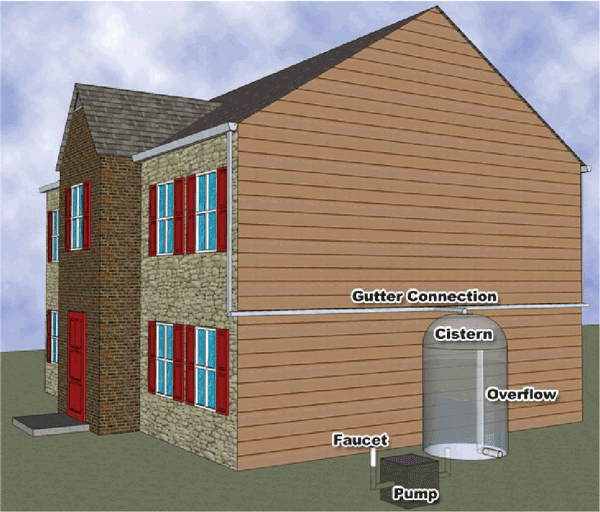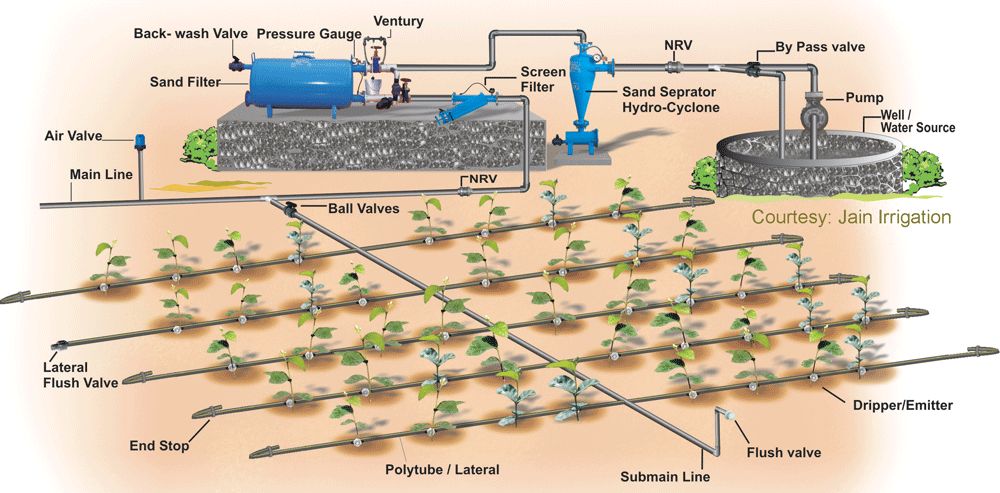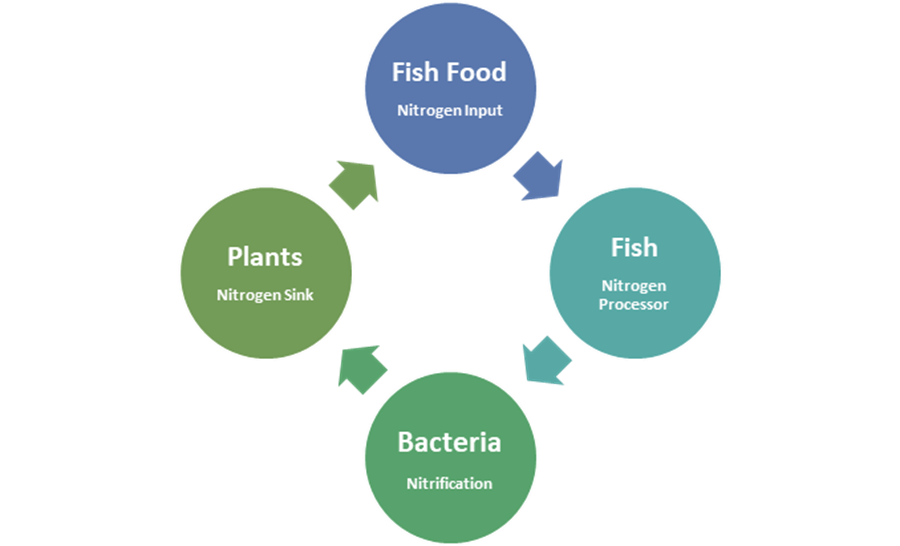IB Syllabus focus:
‘Use metering, rationing, greywater, low-flush toilets, rain harvesting; drip irrigation, drought-resistant crops, aquaponics, greenhouses, shifts toward plant-based production. Citizen science can support local monitoring and management.’
Water is a finite resource under increasing pressure from human activities. Effective conservation strategies in households, farms, and industry are essential for water security and long-term sustainability.
Household Water Conservation
Metering and Rationing
Metering tracks water use per household, encouraging reductions through financial incentives.
Rationing sets strict limits, particularly during droughts, ensuring equitable distribution across communities.
Greywater: Wastewater from domestic activities such as showers, sinks, and washing machines that can be reused for irrigation or flushing toilets.
Efficiency in Appliances
Low-flush toilets use significantly less water per flush, cutting household demand.
Greywater systems recycle lightly used water, reducing reliance on fresh supplies.
Rainwater harvesting captures rainfall from rooftops into storage tanks, supplementing non-potable needs.

Diagram of a residential rainwater-harvesting system showing gutter collection, debris screening, storage cistern, overflow and a pumped outlet for non-potable use. The labelled layout makes clear how household capture reduces mains demand and stormwater runoff. This figure focuses on core components without unnecessary detail. Source.
Behavioural Shifts
Shorter showers and turning off taps while brushing teeth can collectively save vast amounts of water.
Public campaigns raise awareness and normalise conservation behaviour.
Agricultural Water Conservation
Irrigation Efficiency
Agriculture is the largest global water user, so improved irrigation is critical.
Drip irrigation delivers water directly to plant roots, minimising evaporation and runoff.
Sprinkler systems are more efficient than flood irrigation but can still lose water to evaporation.

Labelled schematic of a drip-irrigation system, including pump, filter, mainline, submains, pressure regulator and emitter laterals. The diagram highlights how precise, low-flow application reduces wastage while maintaining crop hydration. The content aligns with IB ESS emphasis on efficient agricultural water use. Source.
Drought-resistant crops: Plant varieties bred or genetically modified to survive with minimal water availability.
Sustainable Practices
Shifting from high-water-demand crops (e.g., rice) to drought-resistant varieties reduces stress on aquifers.
Greenhouses regulate humidity and temperature, lowering irrigation needs.
Aquaponics integrates fish farming with hydroponics; fish waste provides nutrients for plants, while plants clean the water.

Diagram depicting the key steps in an aquaponics loop: fish waste flows to solids removal and biofiltration (nitrification), nutrient-rich water feeds plants, and clarified water returns to fish tanks. This illustrates water reuse and reduced discharge consistent with conservation goals. The figure includes process detail appropriate to IB ESS without extraneous complexity. Source.
Plant-Based Production
Rising awareness of water-intensive livestock production has led to increased emphasis on plant-based diets. Producing vegetables and grains typically requires far less water per calorie than raising animals.
Industrial Water Conservation
Water Efficiency Measures
Installing closed-loop cooling systems reduces continuous withdrawals from rivers or groundwater.
Wastewater treatment within industries allows recycling, lowering freshwater demand.
Process optimisation reduces leaks, evaporation, and inefficient use in production lines.
Innovative Technologies
Some industries adopt membrane filtration to purify water for reuse.
Others implement rainwater capture systems on large buildings to offset industrial use.
Water footprint: The total volume of freshwater used to produce goods or services, measured across all stages of production and supply.
This concept guides companies to reduce hidden water use in supply chains.
Citizen Science in Water Management
Community Engagement
Citizen science empowers the public to collect, share, and analyse water-related data. This strengthens local monitoring and informs conservation strategies.
Measuring streamflow, rainfall, and pollutant levels supports real-time management.
Data collected by citizens can supplement official monitoring programmes, especially in regions lacking resources.
Benefits
Promotes equity, giving marginalised communities a voice in water decisions.
Builds awareness of local water issues.
Encourages behavioural change at both individual and community levels.
Cross-Sectoral Connections
Households, Farms, and Industry Interactions
Industrial by-products can contaminate water, raising treatment costs for households and farms.
Agricultural runoff reduces water quality for downstream industrial and domestic users.
Conservation strategies in one sector often benefit others through improved water availability and reduced stress.
Shared Approaches
Rainwater harvesting is relevant across sectors.
Water recycling applies in both households (greywater) and industries (treated effluent).
Behavioural changes — whether in farmers adopting drip irrigation or households installing low-flush toilets — are central to conservation success.
Social and Environmental Context
Global Drivers
Population growth increases demand for household water.
Urbanisation concentrates pressure on municipal systems.
Industrialisation raises competition between sectors.
Environmental Importance
Reducing water demand helps maintain environmental flows, the quantity of water required to sustain ecosystems such as wetlands, rivers, and lakes. Over-abstraction disrupts these systems, undermining biodiversity.
Equity Dimensions
Access to conservation technologies such as drip irrigation or greywater systems is not universal. Poorer communities often lack financial resources, creating inequalities in water security. Programmes promoting subsidies or technological transfers are vital for equitable adoption.
Summary of Key Conservation Strategies
Households: metering, rationing, low-flush toilets, greywater reuse, rainwater harvesting.
Farms: drip irrigation, drought-resistant crops, aquaponics, greenhouses, dietary shifts.
Industry: closed-loop systems, wastewater treatment, process optimisation, water footprint assessment.
Citizen science: data collection, awareness raising, equitable management.
FAQ
Greywater comes from sinks, showers, and washing machines, containing soaps and minor organic matter. Blackwater originates from toilets and kitchen waste, carrying pathogens and high nutrient loads.
Greywater is less contaminated and can be reused safely for irrigation or toilet flushing after basic treatment, whereas blackwater requires advanced treatment before any reuse.
Drip irrigation is highly efficient but has challenges:
Initial installation costs can be high.
Emitters can clog if water is not well filtered.
Systems require regular maintenance to remain effective.
These issues often limit adoption in poorer regions despite clear water-saving benefits.
Aquaponics combines aquaculture with hydroponics, closing the nutrient and water loop. Fish waste provides fertiliser for plants, while plants clean the water for fish.
This integration reduces external inputs such as chemical fertilisers and minimises water discharge, making it more resource-efficient than hydroponics alone.
Drought-resistant crops have physiological and structural adaptations such as:
Deeper root systems to access groundwater.
Reduced leaf area to limit transpiration.
Waxier leaves to conserve moisture.
These traits reduce stress on both soil and irrigation supplies in arid conditions.
Citizen science allows communities to identify leaks, monitor usage, and report inefficiencies in distribution networks.
Projects may involve smartphone apps to map leaks, simple flow meters to track household consumption, or surveys on conservation practices.
This local data supports authorities in targeting repairs, improving efficiency, and raising public awareness of conservation challenges.
Practice Questions
Question 1 (2 marks)
Identify two household strategies that reduce water consumption and briefly explain how each conserves water.
Mark scheme:
1 mark for each correct strategy identified and linked to water conservation.
Low-flush toilets: reduce water used per flush. (1 mark)
Greywater reuse: reuses lightly used water for irrigation or toilet flushing, reducing demand for fresh supplies. (1 mark)
Question 2 (5 marks)
Discuss how agricultural water conservation strategies, such as drip irrigation, drought-resistant crops, and aquaponics, contribute to reducing water stress.
Mark scheme:
Drip irrigation: delivers water directly to roots, reducing evaporation and runoff. (1 mark)
Drought-resistant crops: require less water, reducing reliance on irrigation and groundwater extraction. (1 mark)
Aquaponics: integrates fish farming and plant production, recycling water and reducing freshwater withdrawals. (1 mark)
Clear explanation of how these strategies together reduce water stress at regional or global scale. (1 mark)
Structured response that links conservation strategies to sustainability and reduced water stress. (1 mark)

